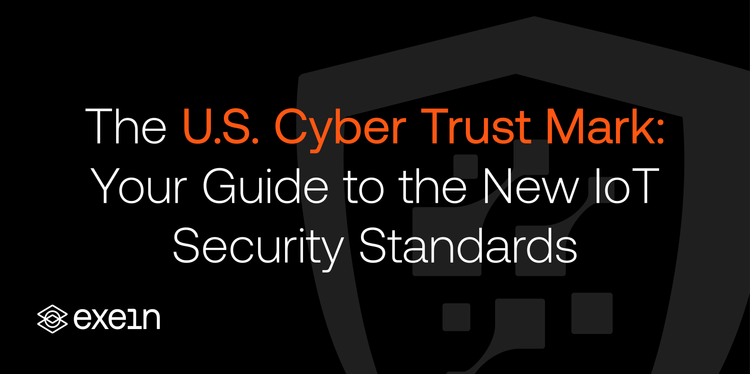5 IoT Security Myths Debunked

In this article, we will address five common misunderstandings about IoT security. We aim to provide clear and factual information to help readers understand the importance of robust security practices in the ever-expanding world of technology.
Myth 1: "IoT Devices Are Automatically Secure"
One of the most common misunderstandings is the belief that IoT devices are automatically secure. While reliable manufacturers aim to create secure devices, the truth is that many prioritize functionality and cost-effectiveness over strong security. As a result, these devices may possess vulnerabilities that can be exploited by malicious individuals. This raises the importance of not solely relying on the built-in security features of IoT devices, but also implementing additional security measures to enhance their protection against potential threats and attacks.
Myth 2: "IoT Security Isn't Important"
It is a common misconception held by many people and organizations that IoT security is not a significant concern, especially when it comes to consumer devices such as smart thermostats or connected light bulbs. However, it is crucial to recognize that neglecting security measures in IoT devices can have severe repercussions.
One of the key reasons why IoT security should not be underestimated is the fact that these devices often handle sensitive information. Whether it is personal data or confidential business information, the potential risks associated with unauthorized access or data breaches cannot be ignored.
IoT devices can serve as potential entry points to larger networks. Hackers and cybercriminals are constantly looking for vulnerabilities to exploit, and an insecure IoT device can provide them with the perfect opportunity to gain unauthorized access to an entire network, compromising the security and privacy of all connected devices and systems.
It is imperative for individuals and organizations to prioritize IoT security and take proactive measures to protect their devices and networks. By implementing robust security protocols, regularly updating firmware, and keeping abreast of the latest security practices, we can ensure a safer and more secure IoT ecosystem.
Myth 3: "All IoT Devices Are Equal"
One common misconception about IoT is the belief that all IoT devices are the same. However, this is far from true. In reality, IoT includes a wide range of devices, from everyday gadgets like smart thermostats and fitness trackers to complex industrial sensors used in critical infrastructure. Each of these devices has its own unique security needs and requirements.
The security requirements for a smart home device, such as a smart lock or a connected light bulb, are quite different from those of a critical infrastructure component, such as a power plant or a transportation system. While a smart home device may primarily require protection against unauthorized access and data privacy concerns, a critical infrastructure component demands robust security measures to prevent cyberattacks that could have severe consequences.
Myth 4: "Security Measures Limit Functionality"
One common concern among individuals is that the inclusion of robust security measures in IoT devices may lead to a decrease in functionality or an increased level of complexity in their usage. However, it is essential to recognize that incorporating security features into the design of IoT devices is crucial. By doing so, we can strike a harmonious balance between the functionality of these devices and the level of protection they provide. This approach ensures that users can enjoy the full range of features offered by IoT devices without compromising their security.
Myth 5: "IoT Security Is a One-Time Effort"
IoT security isn't a one-time thing; it's ongoing. Certain IoT devices don't get updates often, which can be risky. To keep them safe, think of software updates like adding new locks to your doors for protection. By staying alert and updating regularly, you're not just defending against current threats but also preparing for future ones. It's all about keeping your IoT world safe and sound, so you can relax without worries.
The Verdict
In the world of IoT, it's important to debunk these myths. IoT devices are becoming more and more integrated into our lives, so we need to carefully think about their security.
Embedded security for IoT devices is a crucial part of dealing with the security issues related to IoT adoption. By incorporating security into IoT devices themselves, these solutions provide multiple layers of protection for data, prevent unauthorized access, and guarantee long-term security and reliability for the IoT ecosystem.




